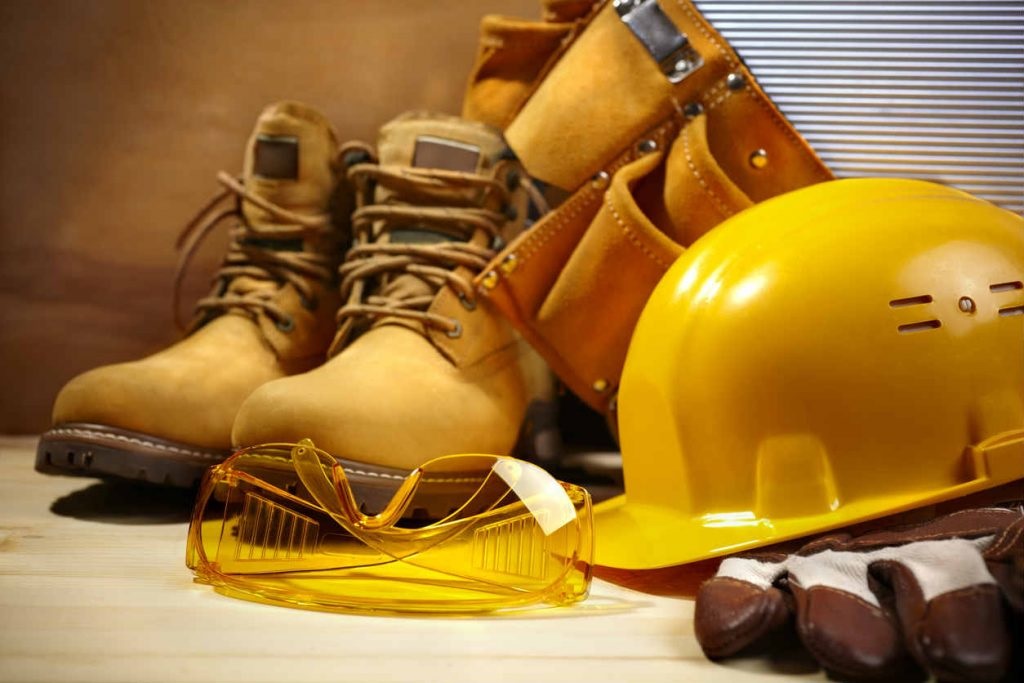In the vast labyrinth of employment, imagine yourself as a brave explorer traversing through treacherous terrain. Armed with your rights as an employee, you navigate through the twists and turns of the working world, seeking safety and security in every step you take. However, just like any adventure, there may be hidden dangers lurking in the shadows – unsafe working conditions that pose risks to your well-being.
As an employee, it is crucial to understand your rights and responsibilities when it comes to reporting unsafe working conditions. This article aims to equip you with the knowledge and tools necessary to identify hazards in your workplace and take appropriate action.
By empowering yourself with this information, you can play an active role in ensuring a safe environment for both yourself and your colleagues. So brace yourself for this enlightening journey as we delve into the importance of reporting unsafe working conditions and learn how to navigate towards a safer future.
Knowing Your Employee Rights
You need to know your employee rights so you can confidently stand up for yourself and feel like a warrior fighting for justice in the workplace. It’s crucial to understand the level of protection that you’re entitled to as an employee.
By familiarizing yourself with your rights, you can ensure that you’re not taken advantage of and have legal recourse if necessary. Employee protection laws are in place to safeguard workers from unfair treatment and unsafe working conditions. These laws vary by jurisdiction, but they generally cover areas such as minimum wage, overtime pay, discrimination, harassment, and workplace safety.
Familiarize yourself with these laws by consulting resources such as government websites or speaking with a labor attorney. This knowledge will empower you to recognize when your rights are being violated and take appropriate action.
In addition to knowing your rights, understanding the legal recourse available to you is equally important. If you encounter unsafe working conditions or believe that your employer is violating labor laws, there are steps you can take to seek justice. Start by documenting any incidents or evidence that support your claim. This includes gathering witness statements or taking photographs if applicable.
Then, report the situation to relevant authorities such as OSHA (Occupational Safety and Health Administration) or a local labor board. They’ll investigate the matter and take appropriate action against the employer if necessary.
Knowing your employee rights gives you the confidence to assert yourself in the face of injustice at work. By understanding the level of protection afforded to employees and being aware of legal recourse options, you can effectively address unsafe working conditions and fight for fair treatment in the workplace.
Remember that being informed about your rights is just the first step – it’s essential to actively exercise them when needed so that both you and fellow employees can enjoy a safe work environment free from exploitation.
Identifying Unsafe Working Conditions
Identify any potential hazards or risks present within your workplace environment. It’s crucial to be aware of the common workplace hazards that could pose a threat to your safety and well-being. These hazards can range from physical dangers such as slippery floors, exposed wiring, or faulty machinery to environmental risks like poor ventilation or excessive noise levels.
By actively identifying these potential hazards, you can take proactive steps to mitigate them and create a safer work environment for yourself and your colleagues.
Regular safety inspections play a vital role in ensuring workplace safety. They help identify any existing or emerging hazards that may have gone unnoticed during day-to-day operations. Safety inspections involve thorough assessments of various areas of the workplace, including equipment, tools, storage areas, and emergency exits.
By conducting regular inspections, potential risks can be identified early on before they escalate into accidents or injuries. This proactive approach allows for timely corrective measures to be implemented and helps prevent unfortunate incidents from occurring in the first place.
Remember, it’s everyone’s responsibility to prioritize safety in the workplace by actively participating in regular safety inspections and reporting any identified hazards promptly.
Taking Action: Reporting Hazards
Taking action and promptly communicating any potential hazards is essential for maintaining a safe and secure work environment. One important aspect of taking action is the importance of documentation. When you come across an unsafe working condition, it’s crucial to document all relevant information such as the date, time, location, and description of the hazard.
This documentation serves as evidence that the hazard existed and can be used in investigations or legal proceedings if necessary. Additionally, documenting hazards helps track recurring issues and identify patterns that can be addressed to prevent future accidents or injuries.
Another vital aspect of taking action is encouraging whistleblower protection. Whistleblowers play a critical role in reporting unsafe working conditions by bringing attention to practices or situations that pose risks to employees’ health and safety. It’s essential to create an environment where employees feel comfortable speaking up without fear of retaliation or negative consequences.
Establishing clear policies that protect whistleblowers from any form of harassment or discrimination will foster a culture of transparency and accountability within the organization. Encouraging employees to report hazards allows for timely interventions and corrective measures to be implemented, ultimately ensuring a safe workplace for everyone involved.
When it comes to reporting unsafe working conditions, documenting hazards provides necessary evidence for investigations while also enabling proactive measures against recurring issues. Furthermore, fostering whistleblower protection creates an atmosphere where employees are encouraged to speak up without fear of reprisal.
By actively addressing potential hazards through documentation and whistleblower support, organizations can maintain a safe work environment that prioritizes employee well-being and prevents accidents or injuries from occurring in the first place.
Conclusion
In conclusion, it’s crucial to be aware of your employee rights and take action if you come across unsafe working conditions. Your safety should always be a top priority, and no one should have to endure hazardous situations while on the job.
By understanding your rights and being able to identify potential hazards, you can protect yourself and others in the workplace.
Remember, reporting unsafe working conditions isn’t just about ensuring your own safety; it’s also about creating a safer environment for all employees. According to a recent study conducted by the Occupational Safety and Health Administration (OSHA), approximately 2.8 million nonfatal workplace injuries occur each year in the United States alone. This statistic is alarming and should serve as a wake-up call for both employers and employees.
By reporting hazards promptly, you’re not only protecting yourself but also potentially preventing future accidents from happening to others. It’s essential to speak up when you witness unsafe practices or encounter dangerous situations at work. Remember that there are laws in place to protect whistleblowers from retaliation, so don’t hesitate to report any concerns you may have.
Together, we can create safer workplaces where everyone feels secure and protected. Don’t underestimate the power of your voice – take action today and report any unsafe working conditions you encounter!




